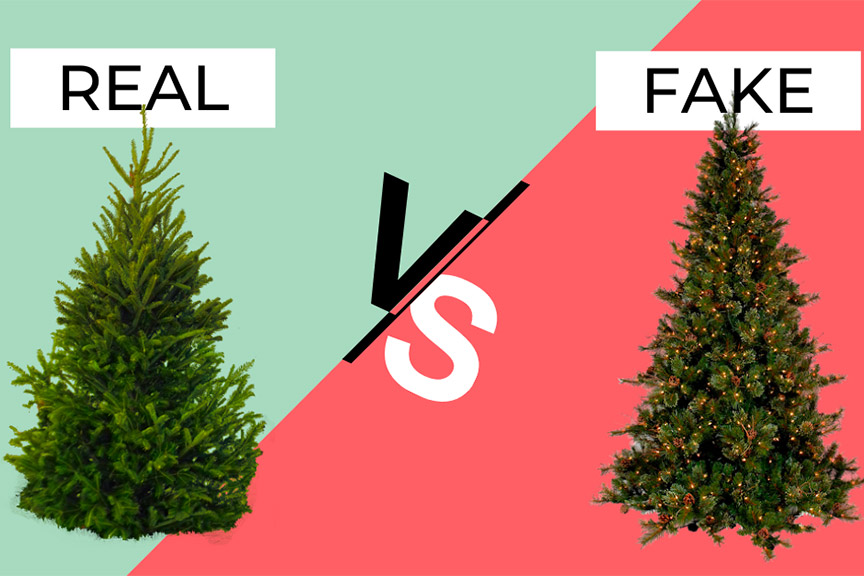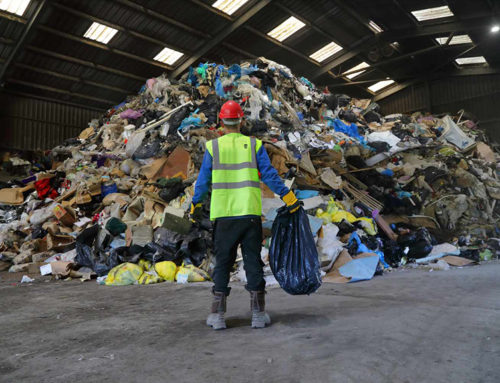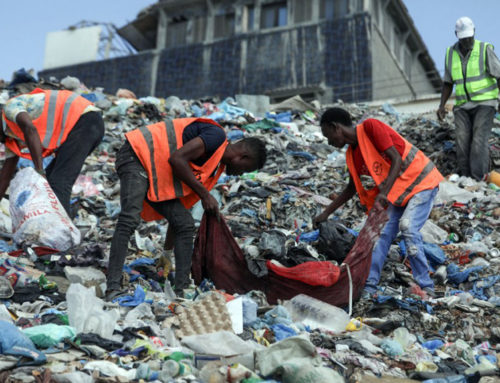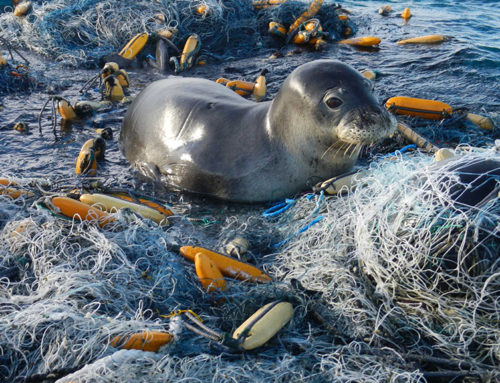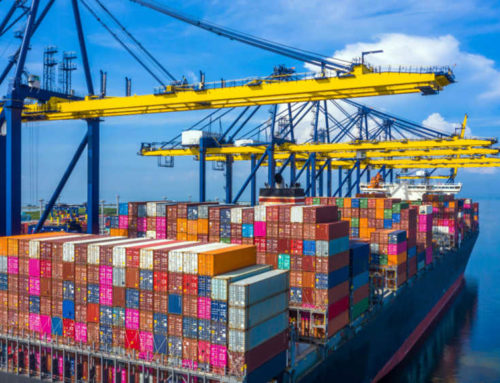As the holiday season approaches, the age-old debate resurfaces: real or fake Christmas trees? While the allure of the authentic smell and feel of a real tree has its undeniable charm, the environmental impact of both options sparks a spirited discussion. Are the benefits of supporting local farmers and the tangible holiday spirit of a real tree worth the carbon footprint? Or does the recyclability and reusability of artificial trees make them the greener choice? Let’s delve into the environmental pros and cons of both to settle the score.
The Case for Real Trees:
Rich Rasimowicz, a Christmas tree vendor from North Carolina and Virginia, passionately advocates for real trees, emphasizing the support for local businesses and farmers. Real trees have the environmental advantage of pulling carbon out of the atmosphere, helping offset greenhouse gas emissions. However, the ecological benefits come with a trade-off: the transportation and storage of these trees often require significant energy, especially when sourced from outside the local region.
The Plastic Predicament of Artificial Trees:
Brian Bovard of the FGCU Water School acknowledges the obvious benefit of artificial trees—their longevity and recyclability. Some households reuse the same plastic tree for decades before considering a replacement. Yet, the environmental downsides of artificial trees are noteworthy. Most fake trees are produced in China, contributing to a substantial carbon footprint in terms of greenhouse gas emissions during transportation.
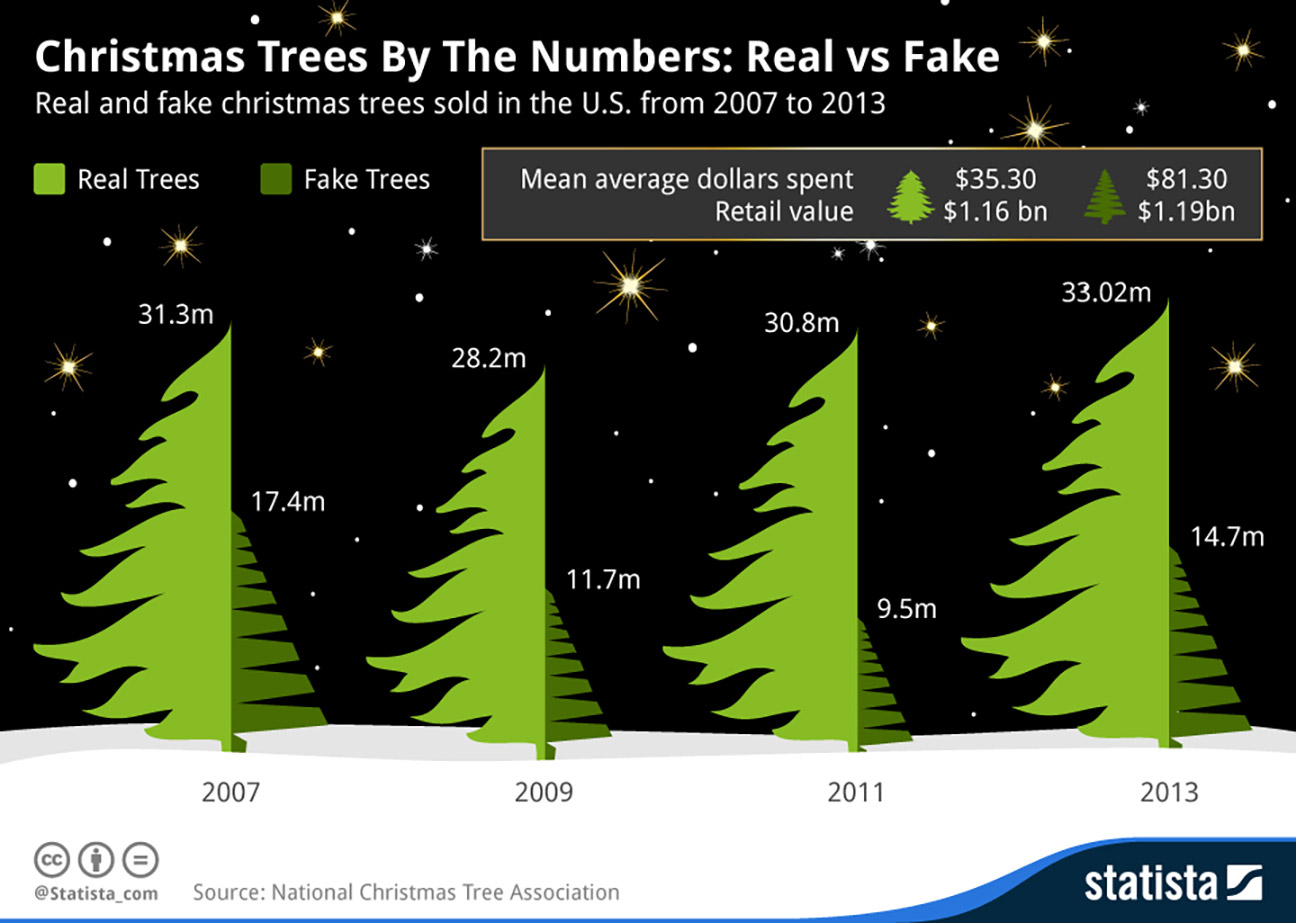
The Recycling Challenge:
One glaring concern with artificial trees lies in the recycling process. Improper disposal can lead to plastic waste that does not easily break down. Additionally, the majority of artificial trees are manufactured with non-biodegradable materials, posing long-term environmental challenges. Proper recycling practices become crucial to mitigate the negative impact of discarded artificial trees.
The Verdict: It Depends on Longevity:
According to Bovard, determining which type of tree is better for the environment ultimately depends on how much life someone gets out of a fake tree. If a household commits to reusing the same artificial tree for an extended period, the environmental benefits begin to outweigh the initial carbon footprint associated with its production and transportation.
A Fraction of the Carbon Footprint:
In the grand scheme of our full carbon footprint, the choice between real and fake Christmas trees represents a relatively small percentage. However, as environmental awareness grows, discussing and considering the impact of seemingly small decisions becomes essential. Bovard encourages these conversations, emphasizing their importance in fostering a collective commitment to protecting our environment.
This holiday season, as families gather around festive dinner tables, the debate over Christmas tree choices may prove to be more than just a lighthearted discussion. The decision between real and fake trees extends beyond personal preference, encompassing environmental considerations that impact our planet. Whether you opt for the traditional charm of a real tree or the sustainability of an artificial one, the key is to make an informed decision and engage in conversations that contribute to a more eco-conscious festive celebration. After all, in the spirit of the season, let’s strive for not only joyous festivities but also a greener, more sustainable world.

